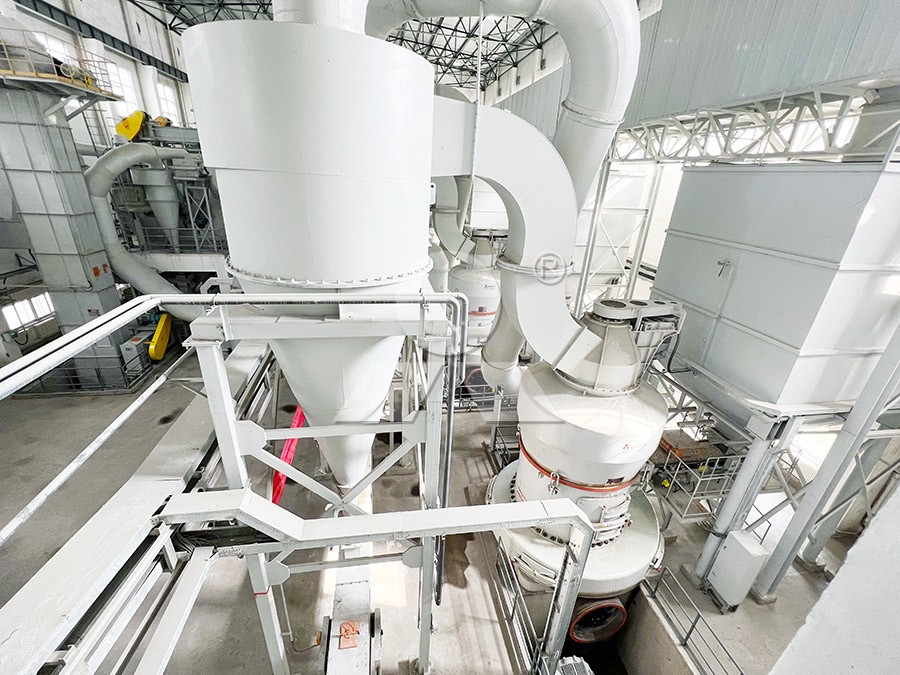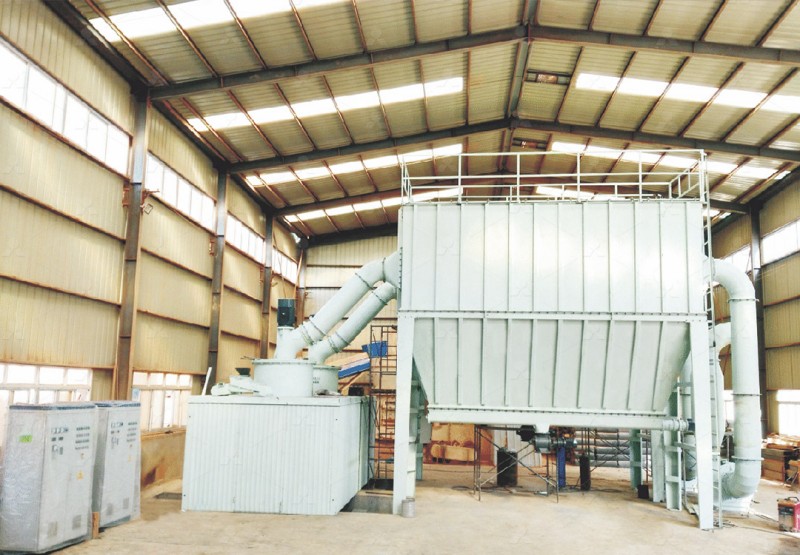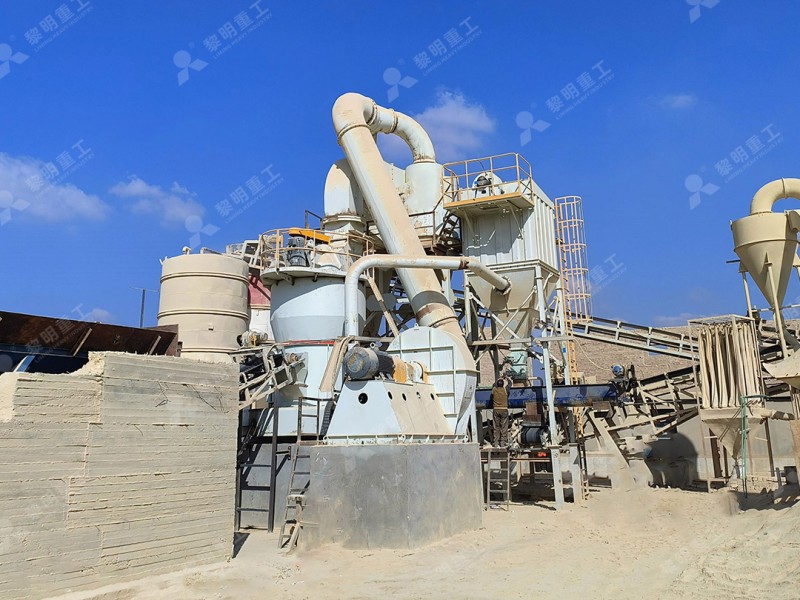How Does Mill PA Inlet Temperature Affect Performance When Using Imported Coal?
We provide a wide range of mills — including Raymond mill, trapezoidal mill, vertical mill, ultrafine mill, and ball mill, obtained ISO9001 international quality certification, EU CE certification, and Customs Union CU-TR certification. Suitable for processing minerals such as limestone, phosphate, quicklime, kaolin, talc, barite, bentonite, calcium carbonate, dolomite, coal, gypsum, clay, carbon black, slag, cement raw materials, cement clinker, and more.
The discharge range of these mills can be adjusted to meet specific processing needs, typically from 80-400 mesh, 600-3250 mesh, and can achieve the finest particle size of up to 6000 mesh(D50).
If you are looking for a reliable grinding solution to turn stone or minerals into fine powder, please feel free to contact our online customer service.
How Does Mill PA Inlet Temperature Affect Performance When Using Imported Coal?
In the complex ecosystem of a thermal power plant, the performance of the pulverizing mill is a critical determinant of overall efficiency, particularly when firing imported coals which often have variable and challenging properties. One of the most significant yet sometimes overlooked parameters is the temperature of the Primary Air (PA) at the mill inlet. This variable doesn’t just influence drying capacity; it has a profound ripple effect on grinding efficiency, system stability, and ultimately, the heat rate of the entire unit.
The Core Relationship: Drying, Grinding, and Flow
Imported coals can range from high-moisture sub-bituminous coals to lower moisture but harder bituminous varieties. The primary role of the PA inlet temperature is to provide the necessary heat to evaporate surface moisture from the raw coal feed within the mill. Insufficient temperature leads to inadequate drying, causing coal particles to become sticky. This results in poor grinding efficiency, increased mill power consumption, and a high risk of plugging the grinding zone and coal pipes.

Conversely, excessively high PA temperatures, while ensuring complete drying, can be detrimental. They can lead to:
- Mill Overheating: Risk of damaging internal components, seals, and lubricants.
- Volatile Loss: Pre-mature release of volatiles can increase the risk of mill fires or explosions, especially with reactive imported coals.
- Classifier Issues: Over-dried, ultra-fine powder can become difficult to control, leading to poor fineness control and increased carbon-in-ash loss.
Optimizing for Imported Coal with Advanced Mill Technology
Finding the optimal PA inlet temperature window is a balancing act that depends heavily on the mill’s design and its ability to handle these thermal and mechanical stresses. For operations relying on imported coal, upgrading to a mill designed for superior efficiency and control is not just an improvement—it’s a necessity.
For facilities seeking to maximize their grinding performance with variable coal specs, our MW Ultrafine Grinding Mill presents a robust solution. Engineered for high yield and lower energy consumption, it features a newly designed grinding curve that enhances efficiency. With an input size of 0-20 mm and a capacity range of 0.5-25 tph, it’s exceptionally adept at handling the fine grinding requirements of pulverized coal. Its cage-type powder selector, adopting German technology, allows for precise fineness adjustment between 325-2500 meshes, ensuring optimal combustion characteristics regardless of PA temperature fluctuations. Crucially, its design with no rolling bearings or screws in the grinding chamber eliminates failure points that are vulnerable to heat, ensuring worry-free operation and reduced maintenance.

The Vertical Grinding Advantage
For larger-scale operations, vertical mills offer inherent advantages in drying and grinding integration. Our LUM Ultrafine Vertical Grinding Mill is another premier choice, integrating grinding, classifying, and transporting. Its unique roller shell and lining plate grinding curve are designed to generate a stable material layer more easily, which is less susceptible to disturbances from variations in PA temperature. This design allows for a high rate of finished product in a single pass, improving whiteness and cleanliness—a key factor for imported coals. The LUM mill’s multi-head powder separating technology and PLC control system enable operators to accurately fine-tune the process in response to changing coal and air conditions, safeguarding performance and efficiency.
Conclusion: A Controlled Parameter for Maximum Output
In summary, the PA inlet temperature is a powerful lever for controlling mill performance. For power plants using imported coal, mastering this parameter is essential for stable combustion, low NOx formation, and high overall efficiency. Investing in modern, intelligent grinding technology like the MW Ultrafine Grinding Mill or the LUM Ultrafine Vertical Grinding Mill provides the flexibility, resilience, and control needed to turn the challenge of variable imported coal into a consistent and profitable operation.

